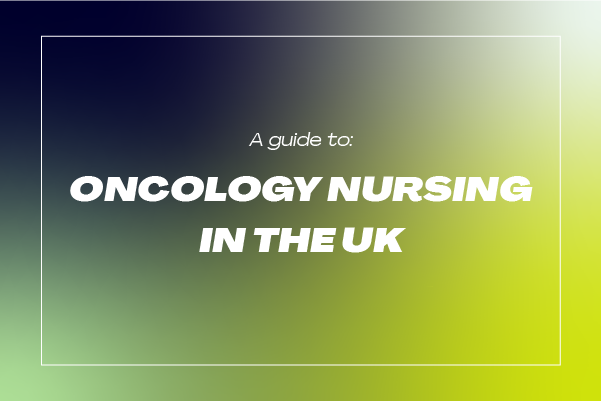No matter where you are in the world, the arrival of new life is a beautiful process that involves patience, strength, and (of course) guidance from an experienced midwife or birth attendant. Every new mother wants her baby to be safe and well, which is why putting their trust in someone with the wisdom and skills to deliver the newborn is such a common practice worldwide.
What is midwifery?
Midwifery is a profession with ancient origins that involves providing expert care and support to women during pregnancy, labour, and the postpartum period. Midwives play a key role throughout the entire antenatal process. Not only do they complete all the necessary health checks for mothers-to-be, they’re also on hand for any questions or concerns they may have. When it’s time for a baby to make their debut in the world, Midwives are front and centre, guiding the mother and making judgement calls to ensure the safest possible delivery.
While the core concept of midwifery is universally centred around childbirth and maternal health, its practices, scope, and roles can vary significantly across different cultures.
How do midwifery practices differ across cultures?
Global midwifery practices are rich and diverse. For instance, in some African and Asian cultures, midwives often incorporate traditional beliefs and rituals into their care, while in Western countries, midwifery is more medically oriented. These cultural differences in childbirth profoundly affect the approach and techniques used by midwives.
What is the role of traditional birth attendants?
The role of Midwives isn’t universal. In fact, some parts of the world have entirely different birthing customs. In many rural and indigenous communities, traditional birth attendants play a pivotal role. They are often respected female elders who pass down knowledge through generations. Unlike professionally trained Midwives, their skills are often acquired through apprenticeships and cultural transmission rather than formal education.
How does midwifery training vary internationally?
Midwifery training across cultures varies greatly. In countries like the UK and Canada, midwives undergo extensive medical training, while in other parts of the world, training may be less formalised. This discrepancy leads to diverse competencies and practices in maternal care.
In the UK, Midwives must complete an NMC-approved midwifery degree at a university or undergo a midwifery apprenticeship. Qualified Nurses can become trained Midwives via a fast-tracked 18-month programme. All qualified Nurses and Midwives must be registered with the Nursing and Midwifery Council (NMC) before they can work in UK healthcare.In Canada, Midwives-to-be must take on a baccalaureate-level programme, which typically takes 3-4 years to complete. Unlike the UK, however, Canada has multiple regulatory bodies for nursing and midwifery staff.
What are some common childbirth customs worldwide?
Childbirth customs worldwide vary immensely. For example, in some Hispanic cultures, 'la cuarentena' is a practice where the new mother rests for 40 days post-birth, while in Bali, the placenta is treated as a sacred object. Midwives often respect and participate in these customs, blending traditional beliefs with modern practices.
In Turkey, new mothers are given a special drink called lohusa serbeti (postpartum sherbert), which is made up of water, sugar, cinnamon, and red food colouring. And how about names? In Germany, parents must choose names from a government- approved list. If the name isn’t there, the parents must make their case for an exception to the rule. So, parents hoping for a more unique moniker should probably steer clear of Germany.
The government is somewhat different over in Finland, who provide a care package to all new parents. The package is filled with all new baby essentials, like nappies, baby bedding, bibs, clothes, and a baby first aid kit. Many cultures around the world also recognise the health benefits of consuming the placenta after birth (although, these days, it’s more common to have the placenta dehydrated, powered, and turned into capsules…arguably a much more palatable way to take in those essential nutrients). Aside from the nutritional benefits, consuming the placenta is also said to decrease the risk of postnatal depression, reduce postpartum bleeding, and increase milk supply.
How do midwives navigate cultural sensitivities?
In our modern times, Midwives work with parents from all over the world and must therefore be sensitive to their differing cultures and birthing customs, whilst maintaining the safest possible birth. It’s a fine balancing act between showing respect and advocating for what’s best for both mother and baby.
Midwives working in multicultural environments must be adept at understanding and respecting different cultural practices and beliefs around childbirth, ensuring that care is both respectful and effective.
What impact does globalisation have on midwifery?
Globalisation has had a significant impact on midwifery, leading to an exchange of practices and knowledge. Not only has it facilitated the blending of traditional and modern midwifery practices, but also highlighted the need for a more standardised approach to maternal health globally.
What are the challenges faced by Midwives in different cultures?Midwives face a broad spectrum of challenges depending on their cultural context. In developing countries, challenges might include limited resources or access to medical facilities, while in developed countries, navigating the medicalisation of childbirth can be a challenge.
How can modern and traditional midwifery practices coexist?
The age-old debate of whether traditional methods based on natural instinct and the wisdom of our elders is better than modern technology and medical intervention is still prevalent all over the world. But the coexistence of modern and traditional midwifery practices is crucial for culturally competent care. This requires an understanding and integration of traditional practices within the framework of modern medical guidelines, ensuring that care is both respectful and safe.
What future trends are emerging in global midwifery?
Future trends in global midwifery include the integration of technological advancements, such as telehealth for remote prenatal care, and a stronger emphasis on culturally sensitive practices. This evolution signifies a shift towards a more holistic and inclusive approach to maternal health care worldwide.
Looking for your next midwifery role?
Your World Nursing has been helping qualified Midwives find their perfect roles throughout the UK for almost two decades, and we’re here for you, too!
If you’re looking for your next career move, register with us today or browse our range of live vacancies and apply!










